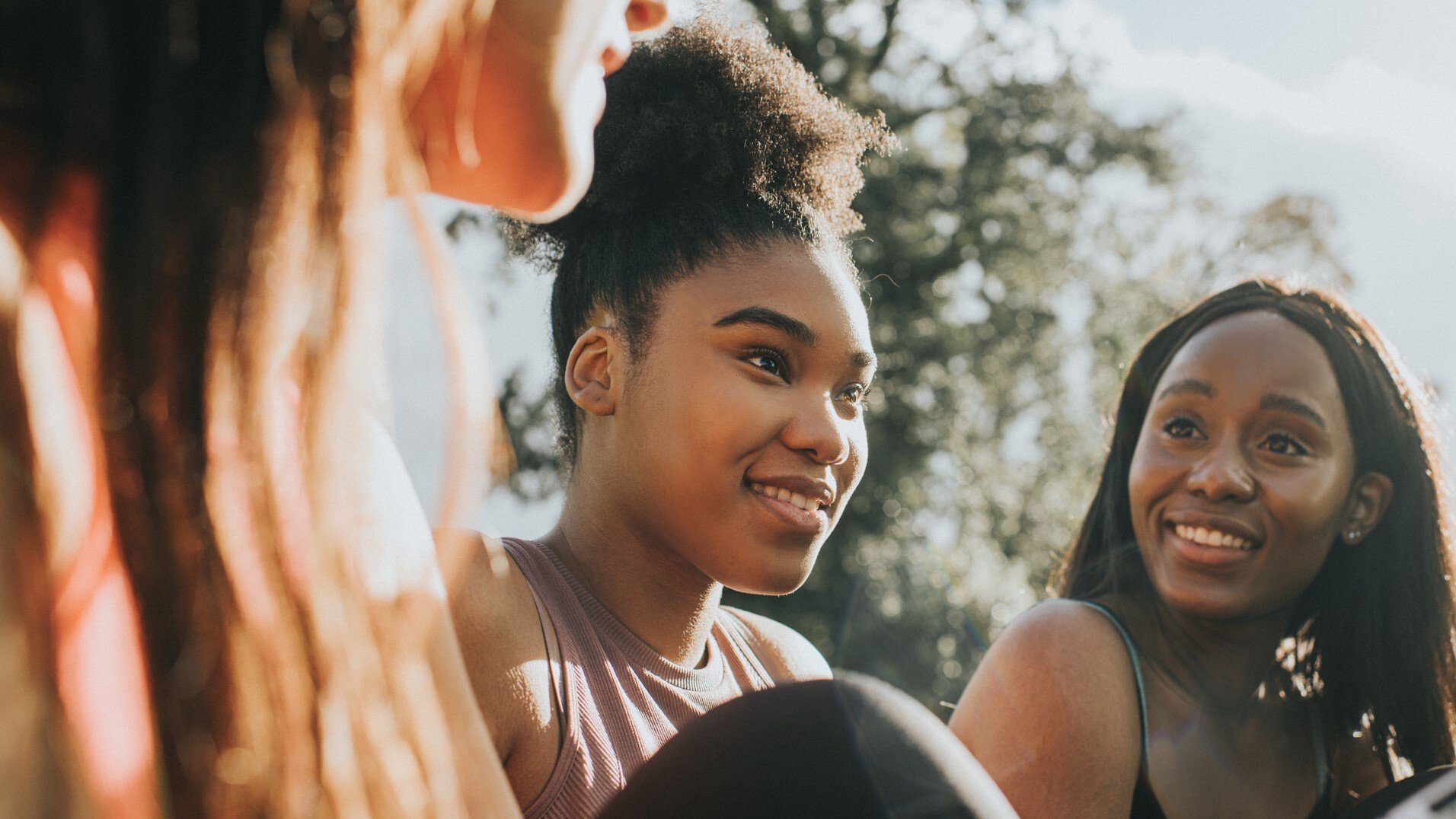
In our recent webinar, Deaf Culture: Advocacy, Communication, and Overcoming Bias, we gained valuable insights into how to improve communication and inclusivity for Deaf and Hard of Hearing individuals. Our panelists, Grisel Diaz, Language Access Services Program Coordinator at Duke University Hospital; Blaire Johnston, Human Resources Analyst and ADA expert for the City of Charlotte; and Cheryl Pfeiffer, President and CEO of Kardia Focus, provided essential perspectives on breaking communication barriers.
Here are five key takeaways from the discussion:
Advocacy Exhaustion is a Significant Issue
One of the most impactful concepts introduced by Johnston was advocacy exhaustion. This term describes the continuous, often draining, effort that Deaf individuals must make to ensure they have equal access to communication in everyday situations. Whether it’s ordering food, visiting a doctor, or making a telehealth appointment, Deaf people must constantly advocate for themselves to have equal access, which can be exhausting.
Johnston explained how, even in simple tasks like using a drive-thru, she often faces confusion from staff when she writes down her order on a note as they are unfamiliar with accommodating Deaf individuals. This constant need for self-advocacy can lead to emotional fatigue.
To alleviate advocacy exhaustion, organizations can take a proactive approach by ensuring accessible communication is in place from the start, whether through American Sign Language (ASL) interpreters, text-based tools, or clear communication protocols. This helps to ease the burden on Deaf individuals, allowing them to engage without constantly needing to fight for equal access.
Inclusion Requires More Than Basic Accommodations
Pfeiffer emphasized that true inclusion extends beyond simply meeting legal requirements or offering minimal accommodations. For example, writing notes back and forth with a Deaf individual might seem like an effective solution, but it often leads to gaps in communication, especially in high-stress situations like healthcare visits.
Inclusion is not a part-time effort. Pfeiffer stressed that it must be consistent and robust, ensuring that individuals can communicate fully and effectively at all times. Whether through in-person ASL interpreters or video remote interpreting (VRI), the goal should always be to offer the best possible communication method for each situation.
As Pfeiffer explained, inclusivity isn’t just about doing what’s legally required—it’s about making sure Deaf individuals are fully included in the conversation, without compromises or shortcuts.
Assumptions Can Create Barriers
Another critical point raised was the danger of making assumptions about how Deaf individuals communicate. Pfeiffer explained that hearing people often assume that gestures like nodding or smiling mean that a Deaf person fully understands what is being communicated. However, this is not always the case. In some instances, Deaf individuals may nod simply to end a conversation they find frustrating, rather than because they comprehend everything.
Johnston added that assumptions around lip-reading are also problematic. Many people mistakenly believe that lip-reading is a reliable way for Deaf individuals to understand speech, when in fact, it is often inaccurate, particularly in complex or fast-paced conversations.
The key takeaway is that assumptions can lead to communication breakdowns. Instead of assuming, it’s important to ask Deaf individuals how they prefer to communicate, ensuring that their needs are met in a way that works best for them.
Cultural Competency is Key to Effective Communication
One of the most powerful points made by Diaz was the importance of cultural competency in communication with Deaf individuals. She explained that understanding Deaf culture—its values, traditions, and communication preferences—is essential to providing effective care and services.
For instance, Deaf individuals may need longer introductions during conversations to establish trust and connection, something that is deeply rooted in Deaf culture. Healthcare professionals or service providers who are unaware of these cultural norms may inadvertently rush through these interactions, missing key opportunities to build rapport.
Diaz stressed that training staff in cultural competency, particularly in Deaf culture, is vital for organizations. This includes understanding the role of ASL interpreters as cultural mediators, not just language facilitators, and recognizing the cultural nuances that influence communication preferences. By improving cultural competency, organizations can foster more inclusive and respectful interactions with Deaf individuals.
Effective Communication Requires Flexibility and Commitment
Diaz also emphasized that flexibility is crucial when working with Deaf and Hard of Hearing individuals. At Duke University Hospital, her team makes it a priority to provide interpreters as soon as they are needed, whether through VRI or in-person support. However, even the most organized systems can face challenges, such as patients arriving early or interpreters being delayed.
Diaz explained that ongoing communication with the patient is essential throughout the entire process—from check-in to discharge. Patients need to be assured that their communication needs are being actively addressed. Organizations must remain adaptable, always seeking ways to meet the specific needs of Deaf individuals, even when it requires additional time or resources.
This commitment to flexibility and continuous communication helps ensure that Deaf patients feel valued and understood at every stage of their journey.
LanguageLine Can Help
For more than 40 years, we've worked with organizations like yours to create more inclusive environments for Deaf and Hard of Hearing individuals. We invite you to contact us today so that we can learn more about your specific needs and begin customizing a solution to support the communities you serve.





